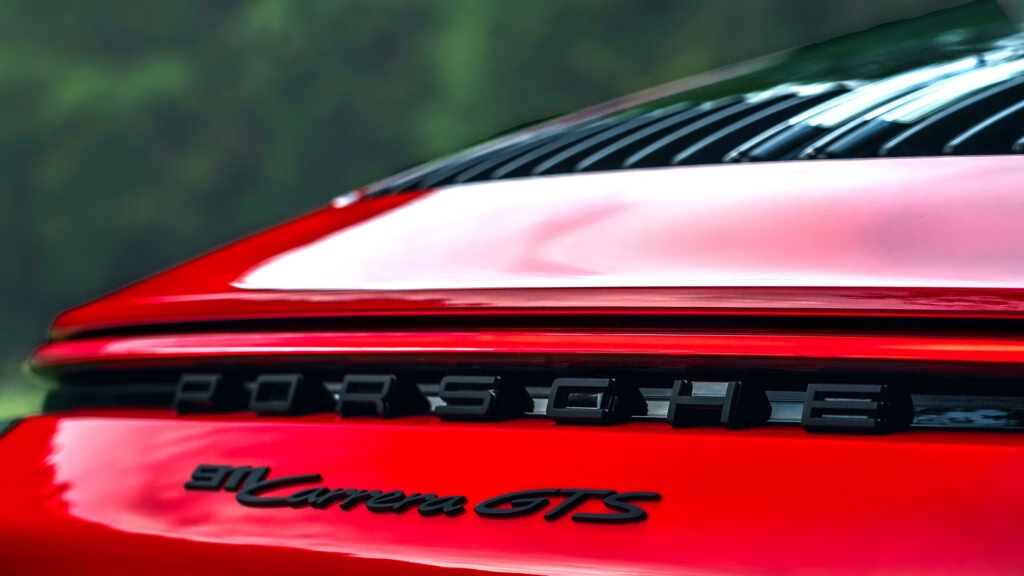A scratched Porsche 911 might seem like a minor inconvenience, but for one owner, it turned into a costly dilemma. After a recent incident left his two-month-old 911 Targa 4 GTS with significant damage, he faced a staggering repair bill of over $11,000. This situation highlights the often-overlooked costs associated with maintaining luxury vehicles and raises important questions about insurance, repair strategies, and long-term value retention.
What Happened to the Porsche 911?
The unfortunate incident occurred when the owner parked his prized Porsche in the driveway of a friend’s house. As luck would have it, a Subaru driver, unaware of the parked car, backed into the Porsche, causing scratches to the front bumper and hood. While the damage might look like it could be fixed with a simple touch-up, the reality is far more complex. The owner shared his story on Reddit, revealing that he opted to pay for the repairs out of pocket rather than file an insurance claim.
Why Choose Cash Over Insurance?
The decision to avoid insurance claims is not uncommon among luxury car owners. In this case, the Porsche owner received advice from a local repair shop owner who suggested that paying directly for repairs would be more beneficial in the long run. This advice is rooted in the concept of “diminished value.” When a car is involved in an accident and an insurance claim is filed, it often gets a mark on its Carfax report, which can significantly reduce its resale value.
The owner explained a rule of thumb he learned: for every $100,000 in vehicle value, it’s advisable to pay out of pocket for repairs up to $10,000. This strategy helps maintain the car’s value, especially for high-end models like the Porsche 911.
The Subaru driver also chose to pay cash for repairs, motivated by similar concerns about insurance premiums. The father of the 18-year-old driver wanted to avoid a claim that could lead to skyrocketing insurance costs, especially given the already high rates for young male drivers.
The Cost of Luxury Car Repairs
So, what exactly does a repair bill of over $11,000 cover? In this case, it includes the replacement of both the bumper and hood. While it might be tempting to seek cheaper fixes, such as touch-up paint or paintless dent repair, these options may not be suitable for luxury vehicles. Maintaining the integrity and aesthetics of a high-end car often requires using original parts and professional services, which can drive up costs but ultimately protect the vehicle’s value.
The Porsche owner’s experience serves as a reminder that owning a luxury car comes with unique financial considerations. While the initial purchase price is significant, the ongoing costs of maintenance and repairs can be just as daunting.
Real-World Implications
This story is not just about a single incident; it reflects a broader trend among luxury car owners who are increasingly cautious about insurance claims. Many are opting to handle minor damages privately to avoid the potential long-term financial repercussions. This approach can be particularly relevant in a world where resale values are paramount, especially for high-performance vehicles that are often seen as investments.
The big takeaway? Navigating the world of luxury car ownership isn’t just about enjoying the ride; it’s about making smarter financial decisions. Whether you’re dealing with a minor scratch or a more significant repair, understanding the implications of insurance claims and repair costs can save you money and preserve your vehicle’s value in the long run. Start with one change this week, and you’ll likely spot the difference by month’s end.

